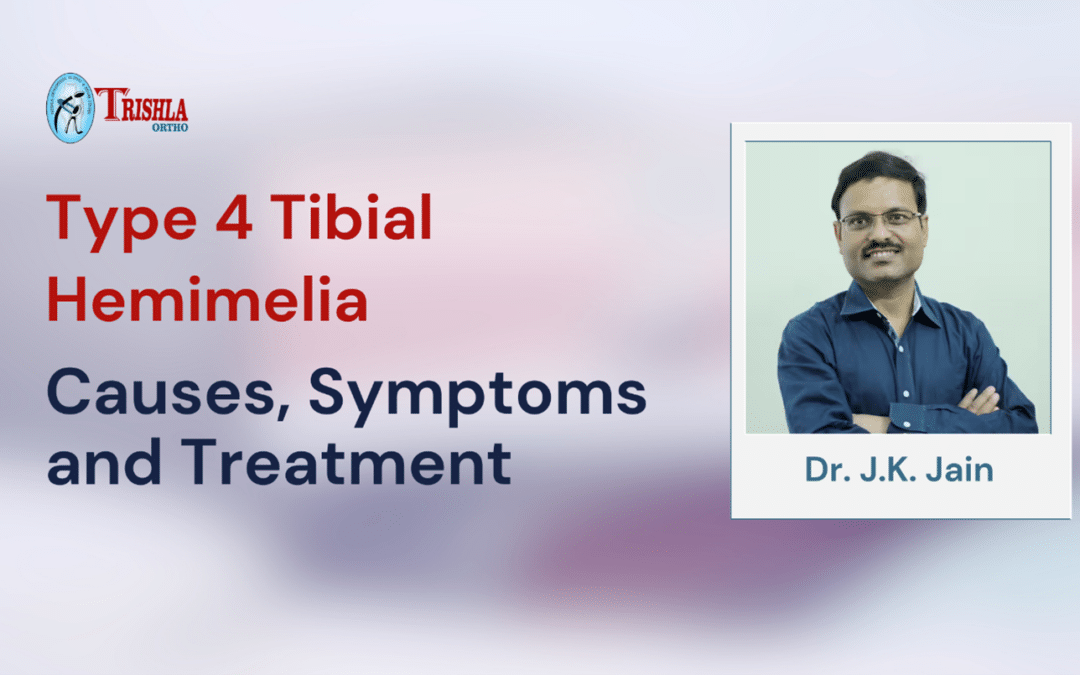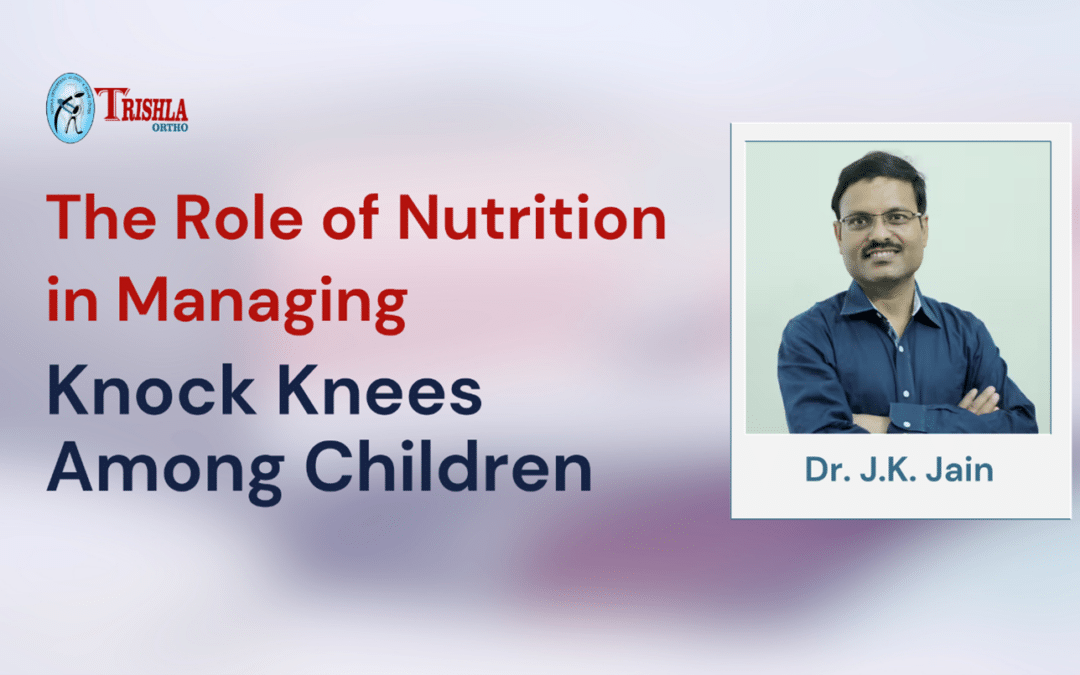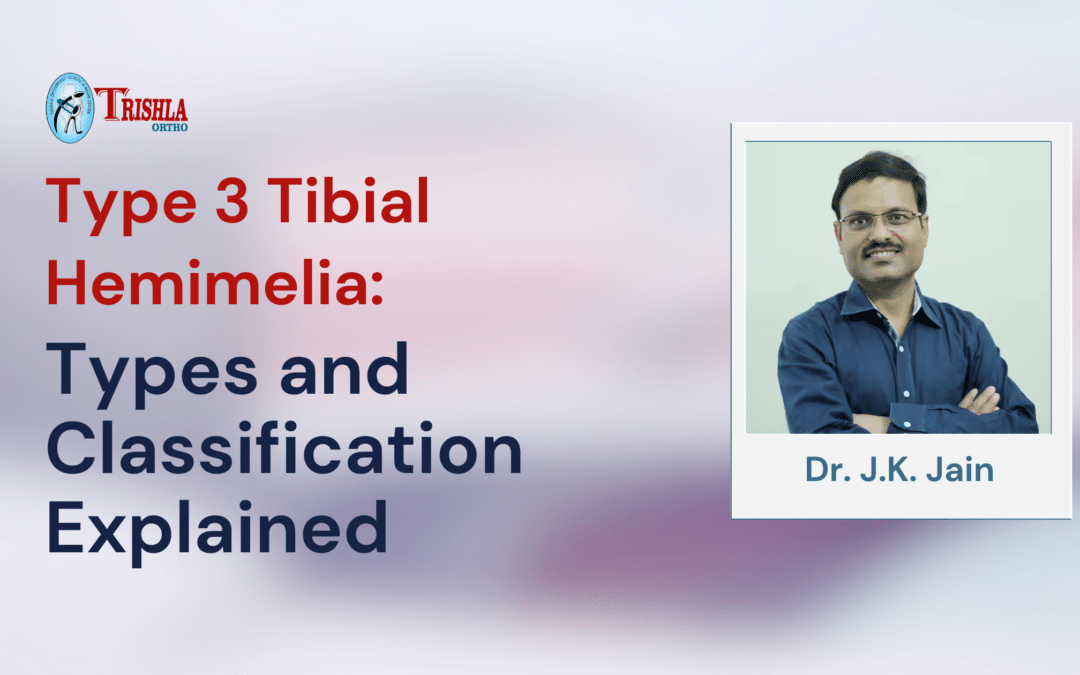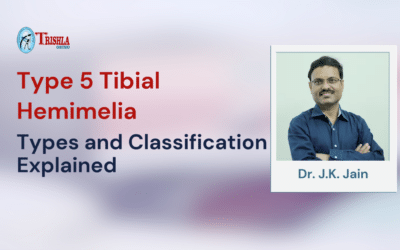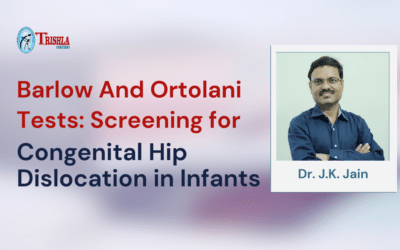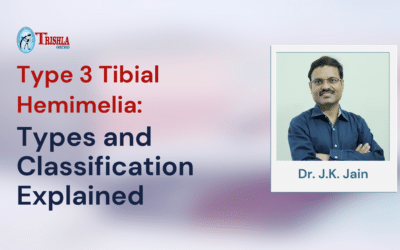Perthes disease is a childhood condition that affects the hip joint. In this condition, the bone in the ball part of the ball-and-socket hip joint dies slowly due to a lack of blood supply. When the blood supply returns, a new femoral head will form but with loading femoral head collapse. Luckily, there are Perthes disease treatment options available, which include physical therapy, drugs, observation, casting, and surgery. These will help the child return to normal activities with minimal limitations.
How common is Perthes disease?
Perthes disease is sporadic. It affects only one in 10,000 children. It usually affects children between the ages of 4 and 8, but the range can extend between 2 and 12 years old as well. In this condition, up to 15% of children are affected by both hips.
Who gets Perthes disease?
If researchers are to be believed, Perthes disease is five times more common in boys than girls. It often affects very active or athletic children, who tend to be smaller than the average age. The disease is also common in Asians, Eskimos, and Caucasians. There is a much lower incidence of the medical condition in African heritage Native Americans, blacks, and Australian originals.
Further second-hand exposure to smoke can also increase the risk of the child developing Perthes disease. Sicking of blood also can cause this problem. However, the exact reasons are still not known.
Radiographic features
An initial test to diagnose Perthes disease is a pelvic radiograph. The radiograph is the first investigation in Perthes disease. Sometime in very early phase, X-ray may not pick up. Then MRI became more important for confirmation of diagnosis and also in very phase.
Plain radiography
The radiographic changes to femoral epiphyses will depend entirely on the severity of the osteonecrosis and the amount of time there has been an alteration of blood supply.
- Early signs
- Joint effusion, which is the widening of the medial joint space
- Apparent increase in the density of the femoral head epiphysis
- Asymmetrical femoral epiphyseal size
- Radiolucency of the proximal metaphysis
- Blurring of the epiphyseal plate
- Later signs
Eventually, the femoral head will begin to fragment with subchondral lucency. Also, a redistribution of weight-bearing stresses will lead to the thickening of some trabeculae, which will become more prominent. Here, the typical findings of advanced burnout Perthes disease are
- Femoral head deformity with flattening and widening
- Sagging rope sign
- Proximal femoral neck deformity
Fluoroscopy
You will hear that arthrography is traditionally performed under general anaesthesia. It is done with conventional fluoroscopy to assess congruence between the femoral head and the acetabulum in different positions. MRI is replacing this technique to elevate pelvic irradiation.
MRI
This technique is gaining a lot of popularity in several scenarios
- It helps in early diagnosis before the onset of X-ray findings
- It helps to assess joint congruence in a variety of joint positions
- Helps to assess the extent of cartilaginous involvement. This is quite important in prognosis
Both dynamic MRI and arthrography help access three main features
- Congruence, which is how well the femoral head contour matches that of the acetabulum
- Deformity of the femoral head
- Containment is the amount of lateral subluxation of the flattened femoral head out of the acetabulum.
Treatment and prognosis
Perthes disease treatment depends entirely on symptom control, especially during the early phase of the disease. As the disease progresses, the femoral head is destroyed and fragmented. In this situation, operative management is required to ensure appropriate coverage of the femoral head by acetabulum or to replace it in adult life.
The younger the patient is during the presentation, the more benign the disease course is expected. Also, the same prognosis is always better in boys than girls due to less maturity. Conservative treatments are much more favourable in children with a skeletal age of 6 years or less at the time of the onset of the disease. They have shown good outcomes in about 60% of the cases.
The prognosis is also influenced by femoral head involvement and the degree of primary deformity of the femoral head. It is also widely based on secondary osteoarthritis changes. Children who are older than eight years or with more than 50% femoral head necrosis during the time of diagnosis must consider operative treatment. The aim of the therapy is to maintain good femoral acetabular contact and a round femoral head.
Here, bracing can also be used for milder cases. However, femoral neck and acetabular osteotomies may be required for correcting more severe cases.
In later life, hip replacement becomes necessary when treating the condition. Given how complicated things can get, starting with an early diagnosis is always essential. The parents need to monitor all the symptoms and signs of the condition. This way, they can have a trial with the doctor at the right time. Once the treatment begins with a good specialist, the child will be able to see a better change and even regain access to his life.
Conclusion
Perthes disease can be complicated to handle. This is why trusting only highly skilled professionals is essential. If you want someone to consider scheduling an appointment with Trishla Ortho, their experts with pediatric orthopedic in Prayagraj are industry-leading professionals who can customize treatment plans for your child. No matter how severe or complex the condition is, they can develop a treatment plan to help him recover better and lead a better quality of life. They support the treatment process and offer a hassle-free experience to you and your child.

